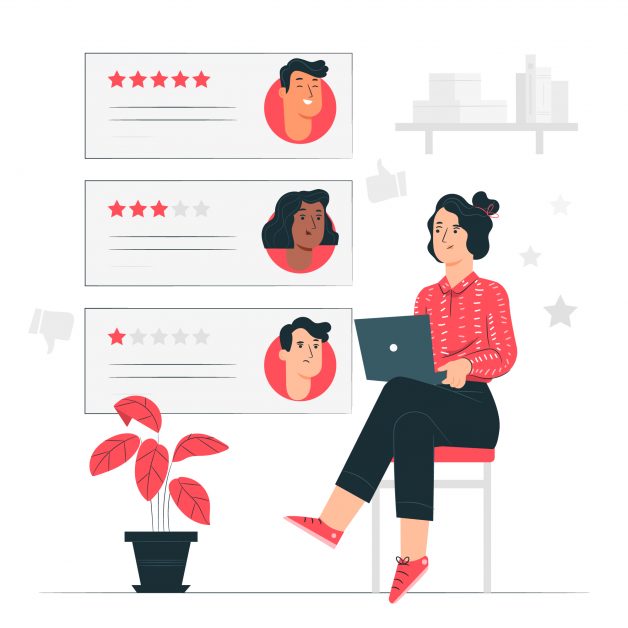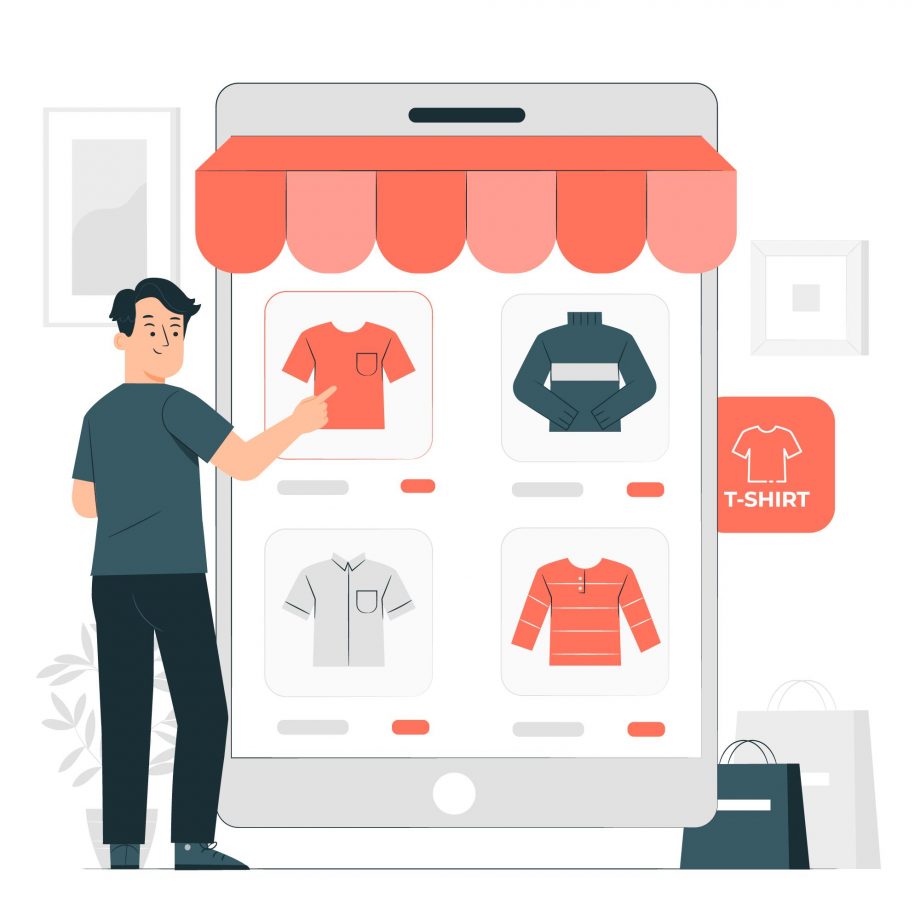A customer’s revenue potential doesn’t end once he/she makes a purchase.
- By employing upselling and cross-selling tactics, brands can encourage these customers to go for other products or upgrade their existing ones.
Cross-sell increases revenue by promoting products that complement the original purchase. Upsell increases revenue by promoting a better, enhanced version of the original purchase. Upselling and cross-selling benefit both the buyers and the brands alike. For brands, it helps in the form of increased revenue and for the buyers, it presents an opportunity to know about other products that can be useful to them or about better products than the ones they chose.
- By engaging the customers and building a rapport with them, businesses can ensure repeat purchases from their happy customers.
Researches reveal that acquiring new customers costs at least 5 times more than the cost of retaining existing ones. Post-purchase communication through product updates, customer support, offer messages, emails, newsletters, and social media interaction helps build a lasting relationship with the customers. Not only does this help in triggering repeat purchases, but also brings in word-of-mouth publicity for the brands.
Product reviews from buyers

With changing trends in online shopping, customer reviews have gained much importance. They are found to be 9.8x more persuasive than influencer content. The user-generated content in the form of reviews acts as social proof to validate any claims regarding product quality or service that you make. 95% of customers look for product reviews from fellow customers before making a purchase.
Shopify has many amazing tools that help you collect product reviews and display them on your storefront. Email has been the preferred channel for e-commerce stores for collecting reviews. With the changing trends, messaging apps like WhatsApp have taken its place. With more than 2 billion active users around the world, WhatsApp is a great channel to send product review requests.
Through the process of review collection via emails or messaging platforms, brands prepare the ground for upselling and cross-selling.
Reviews are a great way to engage customers post-purchase
They present an opportunity to connect with customers after purchase and collect their feedback. Through review requests, brands can let customers know how much they value their feedback. A perfectly worded review request lets customers know how important the reviews are for the business as well as for their fellow shoppers.
Reviews help gain important customer perspectives
Through reviews, businesses gain useful insights into customers’ likes and dislikes. Customer feedback is especially important when a new product is introduced. Reviews will help brands mold their products/services and provide personalized services to buyers.
Reviews enhance the overall experience of the buyers
When brands attempt to collect reviews from buyers, it shows that they care for their customers. It helps create customer loyalty. If the customers are unhappy with the products and give a negative review, through an empathetic and timely response, brands can win them over.
Reviews are an ideal aid for upselling and cross-selling. Let’s see how
1. Reviews can be attached to product recommendations

Customer feedback in the form of text views, photos, or videos can be attached to product recommendations to persuade hesitant customers.
Reviews act as social proof of product quality. A product recommendation with a five-star review or a photo/video review attached to it is more convincing than one without a review.
Abandoned cart recovery emails/messages with photo/video reviews from customers create FOMO(fear of missing out) in customers and prompt them towards a quick decision.
2. Insights gained from reviews can be used in product recommendations
Insights into customer preferences gained from reviews are extremely valuable. Brands can personalize their product recommendations using this information. Need-based product recommendations drive more conversion as compared to random recommendations.
If a customer is extremely happy with the product, brands can try cross-selling or upselling. For example, if a customer is very happy with the new mobile phone they purchased, businesses can try to sell them mobile accessories.
If you are SAAS provider and your customer is fully satisfied with your service, you can offer them premium support or product training for their new users at a slightly extra cost. You can even try to upsell by promoting a subscription upgrade to your happy customers.
If a customer is ok with the purchase, but not too excited, your reps can talk to them and find out what they find lacking. This would be the right time to try to upsell or cross-sell. For example, if you are a SAAS company and your customer needs more features in the product they are currently using, you can offer them the premium plan at a slightly discounted price. You can also try cross-selling with the not-too-excited customers by offering them additional products that might be helpful for them.
In the case of unhappy customers, businesses can connect them to customer support. A timely empathetic response would pacify these unhappy customers and help gain their trust. These once-dissatisfied customers might make a purchase at a later stage and even turn out to be your loyal customers.
Wrapping up
Collecting reviews is a great way to stay in touch with your past customers and enhance their experience. And, by doing so you are building a loyal customer base for your business. Research has proven that selling to existing customers is much easier than selling to new customers. Plus, you can do away with customer acquisition expenses also. Once you have a strong customer base you can employ cross-selling and upselling tactics to boost your revenue.
If you haven’t already, start collecting reviews today and open up cross-selling and upselling opportunities for your brand!



Leave A Comment?